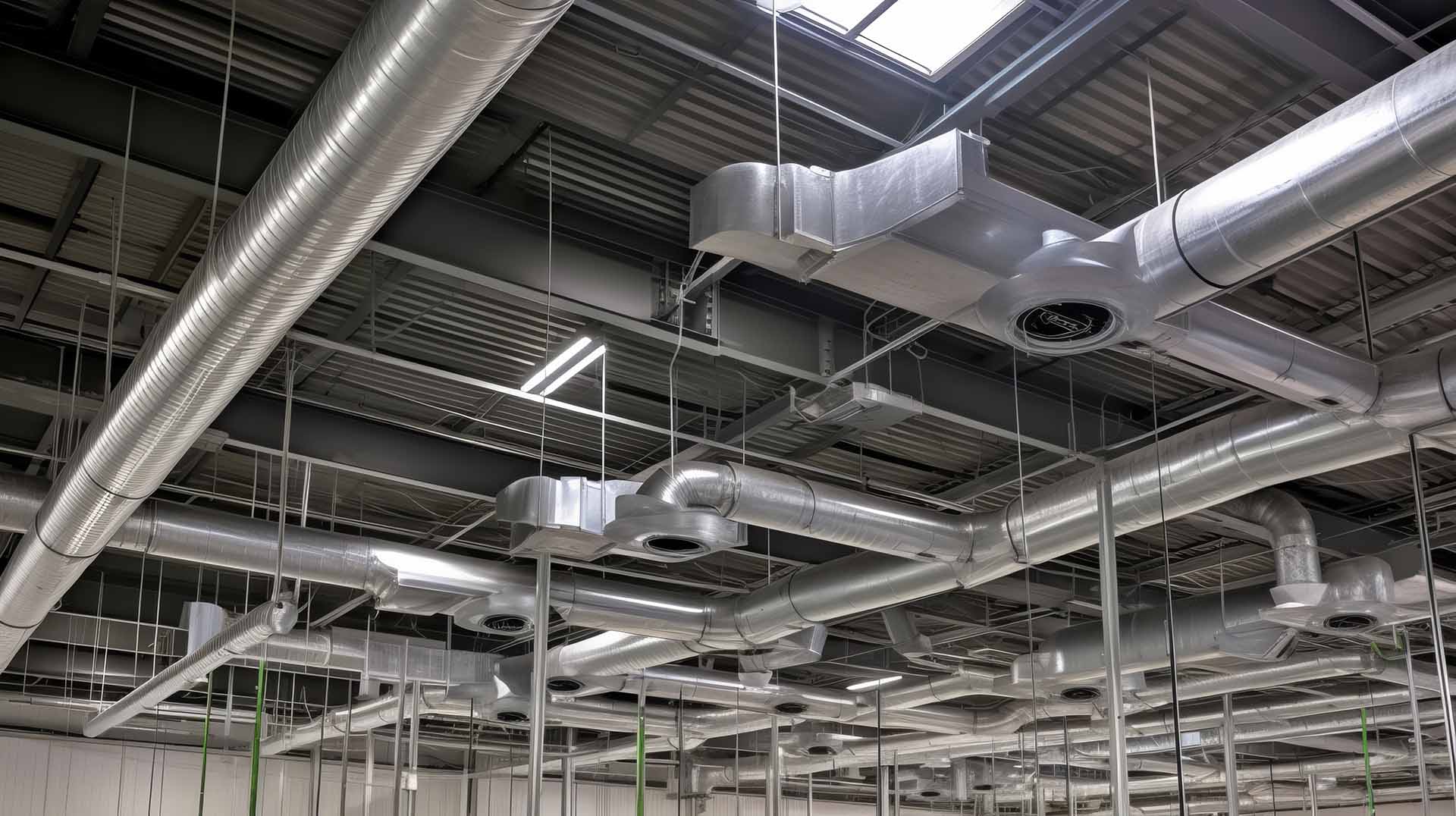Welcome to our comprehensive blog on climate-controlled warehousing in Wisconsin! In this article, we will dive into the world of climate-controlled storage facilities, exploring the statistics, education, and key insights related to this industry. Whether you are a business owner, a logistics professional, or an individual interested in sustainable practices, this blog aims to provide you with valuable information and insights. So, let’s get started!
- Understanding Climate-Controlled Warehousing:
Climate-controlled warehousing involves the use of advanced temperature and humidity control systems to create an optimal environment for storing various goods. This specialized infrastructure helps preserve the quality, integrity, and longevity of temperature-sensitive products such as food, pharmaceuticals, and electronics. - The Importance of Climate-Controlled Warehousing:
a. Statistics and Industry Trends:
- According to a report by Grand View Research, the global climate-controlled warehousing market is expected to reach $165.4 billion by 2027.
- The food and beverage industry accounts for a significant share of climate-controlled warehousing demand, driven by increased consumer awareness about food safety and quality.
- The pharmaceutical industry heavily relies on climate-controlled storage to maintain the efficacy and safety of medicines.
- The growth of e-commerce and online grocery delivery services has further fueled the demand for climate-controlled warehousing facilities.
b. Education and Training:
- Proper training and education are crucial for warehouse personnel to effectively manage climate-controlled facilities.
- Courses and certifications related to temperature control, safety protocols, and inventory management can enhance the efficiency and professionalism of warehouse staff.
- Collaboration with industry associations, such as the International Association of Refrigerated Warehouses (IARW), can provide access to valuable resources and educational programs.
3. Sustainable Practices in Climate-Controlled Warehousing:
a. Energy-Efficient Technologies:
-
- The use of energy-efficient cooling and heating systems, LED lighting, and advanced insulation materials can significantly reduce energy consumption in climate-controlled warehouses.
- Upgrading to smart technologies, such as automated temperature monitoring and control systems, can optimize energy usage and minimize waste.
b. Waste Management and Recycling:
- Encouraging waste reduction and recycling initiatives can contribute to a more sustainable warehouse operation.
- Implementing proper waste segregation systems and collaborating with recycling partners can help reduce the environmental impact of climate-controlled warehousing.
4. Regulatory Compliance and Quality Assurance:
a. Compliance with Industry Standards:
-
- Climate-controlled warehousing facilities must adhere to various industry regulations and standards, such as those set by the Food and Drug Administration (FDA) and the Occupational Safety and Health Administration (OSHA).
- Regular audits and inspections should be conducted to ensure compliance and maintain high-quality storage conditions.
b. Monitoring and Quality Control:
- Continuous monitoring of temperature and humidity levels, as well as implementing robust quality control processes, are essential to guarantee the integrity and safety of stored products.
- Utilizing data logging and analytics systems can help identify potential issues and optimize warehouse operations.
Conclusion:
Climate-controlled warehousing plays a critical role in maintaining the quality and safety of temperature-sensitive goods. Through this blog, we have explored the statistics, education, and sustainable practices associated with this industry. By staying informed about the latest trends, adopting energy-efficient technologies, and following regulatory compliance, businesses can achieve optimal performance while contributing to a more sustainable future.


 Dave McGowan has been a member of the WEL Family since May 1989. He is a husband and father of two children. Dave is also a U.S. Army veteran and served in Vietnam in 1971-1972, and he attended driving school soon after he was released from the military in 1974.
Dave McGowan has been a member of the WEL Family since May 1989. He is a husband and father of two children. Dave is also a U.S. Army veteran and served in Vietnam in 1971-1972, and he attended driving school soon after he was released from the military in 1974. During his career with WEL, Phil has worked as a driver, dispatcher, terminal manager and customer service manager. He says he always was a driver first, though non-driving jobs taught him financial management that helps him as an owner-operator.
During his career with WEL, Phil has worked as a driver, dispatcher, terminal manager and customer service manager. He says he always was a driver first, though non-driving jobs taught him financial management that helps him as an owner-operator.